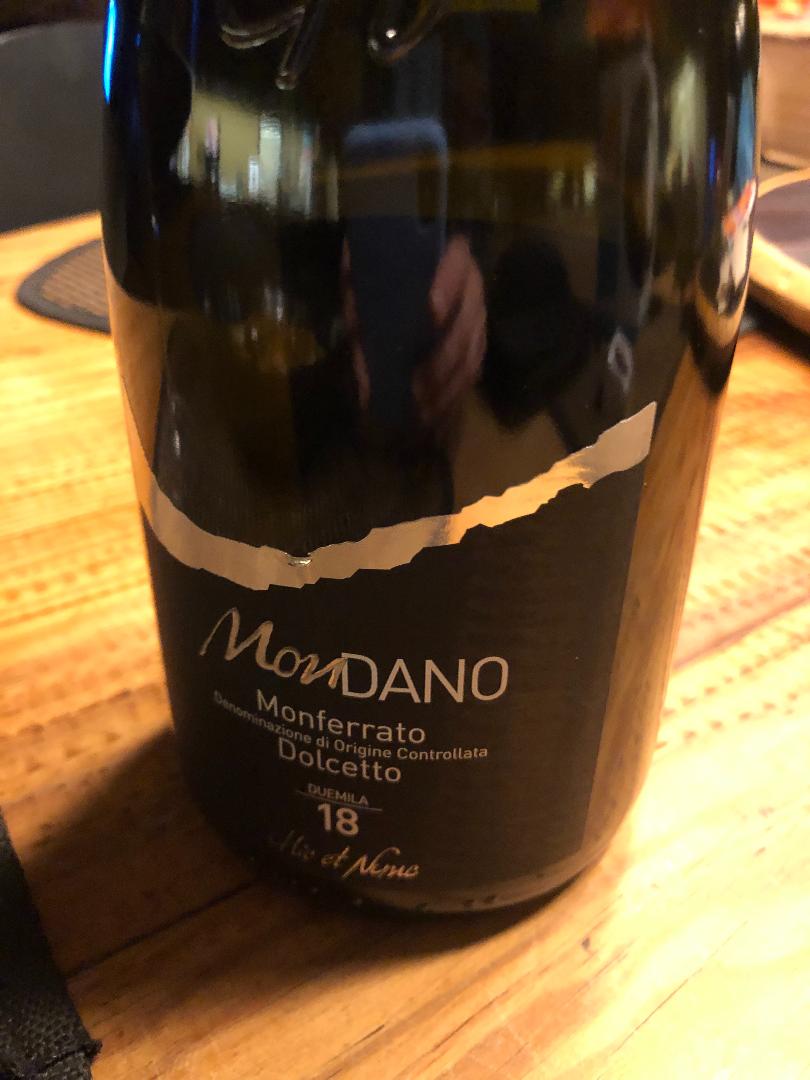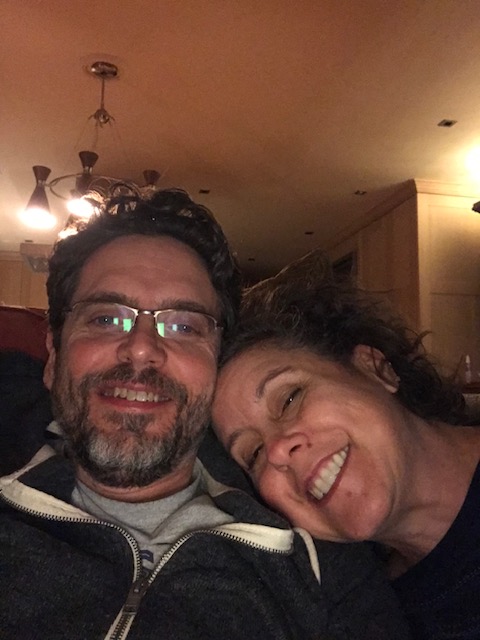Dinner Table Doctor loves to talk about fiber. He works it into many dinner conversations with friends and family as well as when it’s just the two of us. It’s a running joke not to bring up fiber unless you are mentally prepared for a lengthy soliloquy on its benefits. Some of our more mischievous friends mention fiber on purpose during dinner parties, because they like to watch the look on my face when I suddenly realize what’s coming. I have been slightly embarrassed by the fiber talk on more than one occasion, because detailed discussions about fiber invariably include some unsavory comments about bowels. In my humble opinion, it’s not the best topic for dinner conversation, but DTD is very passionate about fiber.
Don’t get me wrong. I also recognize the benefits of fiber and I have greatly increased my intake through the years by following DTD’s advice. Unlike exercise or giving up pasta, increasing fiber is not a big challenge for me. I love beans, seeds and whole grains and I’m a big veggie fan. I can tolerate certain fruits as well, although eating them regularly takes a little more effort.
For those of you who don’t have enough fiber in your diet, let me give you an abbreviated version of DTD’s spiel on the wonders and magic of FIBER. If you want to skip it and go straight to the delicious wine and meal at the end, I understand completely. Imagine how many times I’ve had to sit through the fiber talk! Granted, I am typically eating while listening, but it is useful information and it could definitely add years to your life, so bear with me.
What is Fiber?
Think of fiber as the parts of food that can’t be digested by humans. Unlike fats, proteins, or carbs, which your body breaks down and absorbs, fiber passes through your system relatively intact.
How Does Fiber Help Me Stay Healthy?
Weight Control: Fiber does not have any super powers to help you burn off fat. What it does do is make you feel full, so you naturally eat less throughout your day. You’re eating fewer calories and your body isn’t absorbing a bunch of fat, yet you aren’t hungry. DTD gives this example: if you ate a pound of tree bark, your stomach would be full, however, if you ate nothing but tree bark, you would starve to death. It would fill you up, but your body wouldn’t absorb anything. Luckily fiber can be found in many delicious foods, so filling up on tree bark is not necessary. High fiber foods such as beans, legumes, whole grains, fruits and veggies will fill you up plus give your body plenty of the nutrients and energy you need.
Cholesterol: Fiber can help lower your LDL or “bad” cholesterol. (See my post Cholesterol with a Side of Dumplings and Dan Dan Noodles if you need a primer on “good” and “bad” cholesterol.) Fiber will bind to cholesterol particles in your small intestine, so they can’t travel to other parts of your body through your bloodstream. Instead, cholesterol will exit your body when you have a bowel movement.
Blood Sugar: Fiber can help slow the absorption of sugar and is particularly beneficial for people with diabetes. It may even reduce the risk of developing type 2 diabetes.
Blood Pressure: Studies have shown that high fiber foods can lower blood pressure and reduce inflammation in your blood vessels, which decreases your risk of vascular diseases, including strokes and heart attacks.
Bowel Health: Surprisingly, fiber helps control diarrhea as well as constipation. Fiber helps normalize your bowel movements and may reduce the risk of hemorrhoids and diverticular disease as well as lower the risk of colorectal cancer.
Increased Lifespan: Studies have shown a correlation between fiber and decreased risk of heart disease, stroke, colorectal cancer, many other cancers and type 2 diabetes. One study suggests that for every 10 grams of fiber increased in a person’s diet, a 15% reduction in heart attacks and a 27% reduction in mortality rates. Researchers are continuing to study the effects of a high fiber diet, and more and more evidence points to the benefits of fiber. It seems fiber may help you live a longer life! Look back at my post “Could the Blue Zone Diet Add Years to Your Life?” You’ll notice that the people living in Blue Zones eat a lot of high fiber foods, and they enjoy longer lives.
How Much Fiber is a Good Thing?
Take it from me, you do not want to suddenly add tons of fiber to your diet. The bloating, stomach cramps and gas will make you regret you ever read this post. Just like exercise, DTD advises you add fiber slowly and consistently. You would never go from being a couch potato to running 5 miles in one day because you would get hurt and not be able to run at all. The same goes for fiber. Start building up gradually every day. You may be a little gassy and uncomfortable for a few days, but stay with it! Soon you will have no problems and will actually be less gassy and everything will be grooving along nicely, if you know what I mean. Ultimately you want to shoot for at least 30 grams or more of fiber each day.
**You should talk to your doctor when making big changes to your diet, especially if you have health issues.
Easy Ways to Increase Fiber in Your Daily Diet
There are many online resources which list how much fiber can be found in certain foods. Not every fruit and vegetable is high in fiber, so here is a handy list of some foods that really pack a fiber punch.
- blackberries and raspberries
- apples, pears
- dried fruits such as prunes, apricots and figs
- carrots, beets, broccoli, cauliflower, cabbage and brussels sprouts
- peas, edamame, lentils
- beans, especially garbanzo, kidney, lima, pinto, navy and white
- artichoke hearts
- Uncle Sam’s Cereal (This is a staple in our house and a simple way to get fiber each day. For a cereal, it’s healthy and it’s great with raisins or blueberries. You can often find it at Walmart as well as on Amazon. Just remember a little goes a long way!)
Try a bunch of new recipes using ingredients on the list. Make a salad and throw some beans, artichoke hearts, shredded brussels sprouts, and berries on it. Look up recipes that use beans and high fiber vegetables. Have a fruit smoothie for breakfast. Make some cabbage and bean soup. Remember that your tastes change as you age, so don’t poopoo something because you never liked it in the past. Try again! Expand your culinary skills and your palate, and I guarantee your life will be more exciting. Add some fiber to your diet and your exciting life could also last a lot longer.
What About Fiber Supplements?
It certainly would be easier if you could just take a pill instead of eating broccoli. Unfortunately supplements don’t seem to have the same benefits as incorporating high fiber foods in your daily diet. Although a pill or some Metamucil might help regulate your bowel movements, you won’t get the benefits of feeling full and eating fewer calories as a result. Additionally, you’ won’t get to enjoy all those yummy foods and their nutrients.
A Delicious and Simple High Fiber Recipe
This is an easy recipe from a wonderful website called Healthy World Cuisine which features a ton of easy and healthy recipes from several different countries. Their motto is “eat your way around the world from the comfort of your own kitchen.” You can make this Moroccan Ground Lamb Stew on a weeknight after work, because it only takes about 30 minutes. It’s delicious and special enough to serve guests. The chickpeas, AKA garbanzo beans, add a nice dose of fiber and so do the dried apricots. It seems a lot of Moroccan recipes have a sweet ingredient like raisins or other types of dried fruit. Even if you’re not used to cooking with dried fruits, don’t skip this essential component. The dried apricots make the dish sing with a gentle, sweet melody that compliments the lamb perfectly. We served this over Israeli couscous, which are thicker and really similar to a small pasta. You can also serve it over brown rice. Click here for the recipe link.
The wine we enjoyed with this meal was the 2019 Hic et Nunc Dolcetto Monferrato Mondano and it was a splendid pairing! We were really proud of ourselves because we deliberated for a long time over which wine would match the lamb and various spices. We narrowed it down to three and finally settled on this one. (Yes, this is how we entertain ourselves. We spend an entire day deciding what wine to have with our meal or what meal to have with a specific bottle of wine.)
We purchased this bottle of wine at Cellar 59, a great wine shop and wine bar in Stow, Ohio. It’s a small place, but you can be sure the guy behind the bar knows his wine and he makes excellent suggestions based on your preferences. We went to a tasting on their patio several months ago offered by RARM Imports, a distributer of Italian wines. We’ve been to a few wine tastings in our area offered by RARM, and the representative is so enthusiastic and knowledgeable! He always offers interesting and unique wines. If you live in northeastern Ohio, follow RARM and Cellar 59 on Facebook and pay attention to when they are having a tasting.
Dolcetto is a wine from the Piedmont area of Italy and the name means “little sweet one,” which is funny because the wines are typically dry. This wine is a beautiful dark, ruby red and tastes like plums and vanilla. When we tried it at the tasting, we liked it enough to buy, but it was not paired with lamb. We were a little nervous on whether it would go well, but it was an ideal compliment to the lamb stew . It was one of those meals where I simply had to follow each bite with a small sip of the wine, because the combination was so delightful. I had my fiber and my wine and DTD by my side, so the entire experience was scrumptious!




If you have a comment, a favorite recipe or wine, or a health question, feel free to share. You can find me on Facebook, Instagram, Twitter, and Pinterest. If you’re a glutton for punishment and would like the unabridged version of DTD’s fiber talk, you’ll simply have to invite us to dinner and ask him. He will be delighted to elaborate at length. Just make sure there’s plenty of wine for me!

AHHH, Fiber !!!
LikeLiked by 1 person
Love this Terri! I’m not surprised this is something you and DTD talk about. I do remember in college how someone we knew well always enjoyed talking about the aftermath of eating fiber and how enjoyable it was (if you know what I mean!).
LikeLiked by 1 person
Thanks Sandy! Who knew all that beer in college had fiber?!
LikeLike